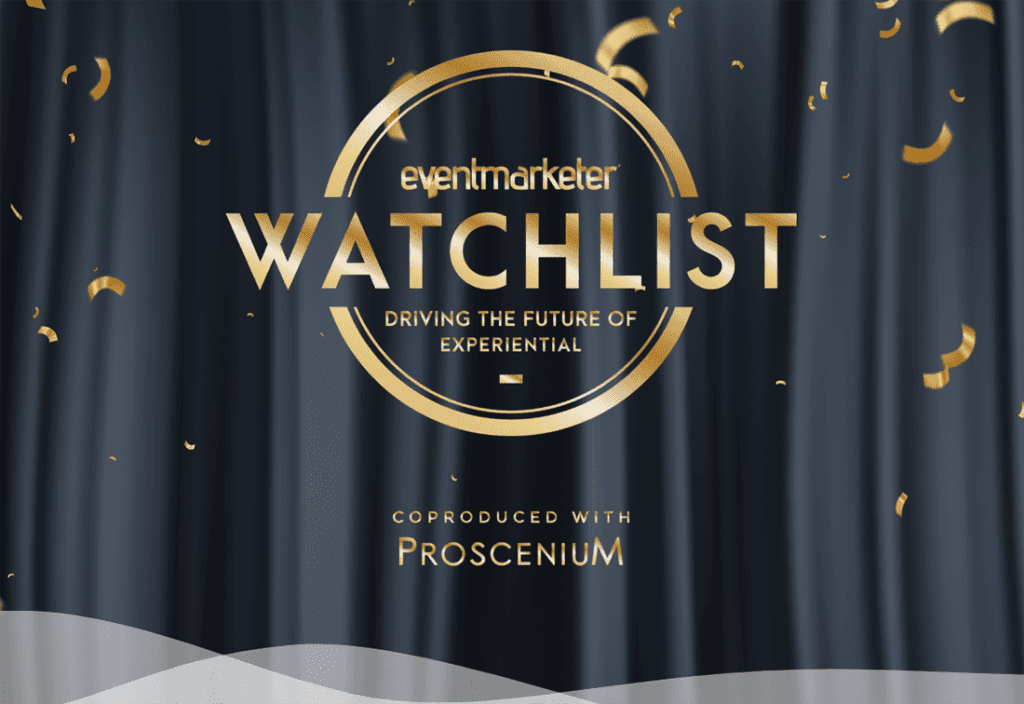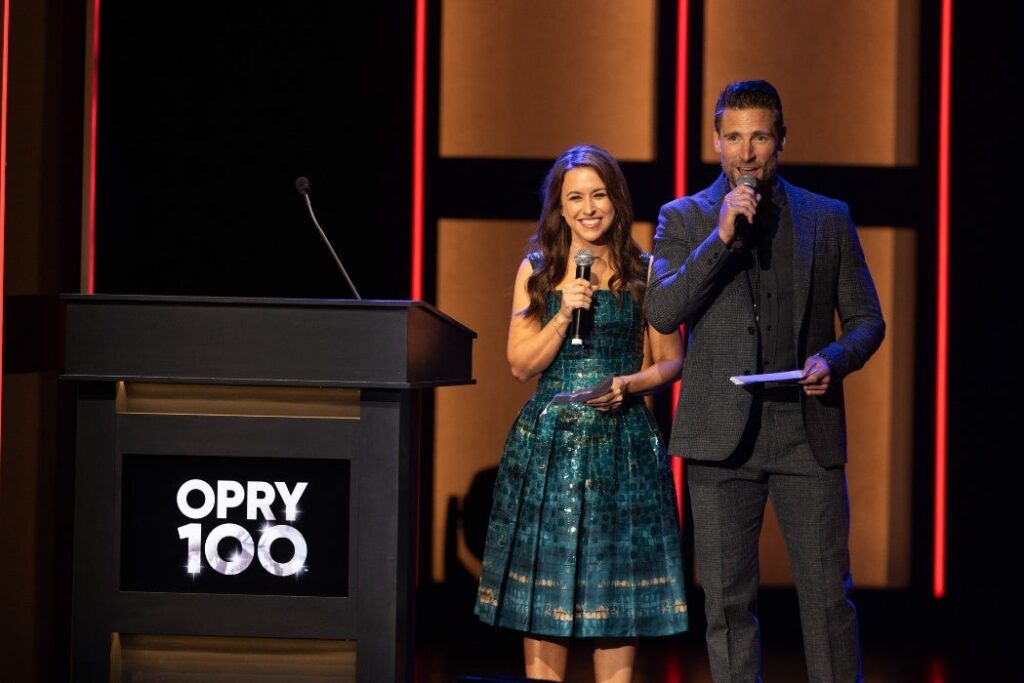While some might think security concerns would make social media not such a good fit for a government contractor, Raytheon CMO Pam Wickham says that’s a bit of a miscalculation. “The level of social engagement has exploded,” says Wickham. “The government understands that social channels are a good way to develop advocacy.”
The defense and aerospace tech contractor maintains significant presences on Twitter, Facebook and LinkedIn, and is also active on YouTube and Google+.
Facebook is used as a forum to recruit and engage prospective employees, while LinkedIn serves more as a networking forum for existing staff members. Twitter, meanwhile, serves as a channel to deliver news and create brand advocacy.
Raytheon judges the success of its social connections with a dashboard of metrics. “We focus less on numbers and more on engagement—it’s not the old-fashioned numbers game of PR inches and ad dollars,” says Wickham.
The company’s social media efforts are managed by a digital team with a core group at the corporate level, and then by dedicated teams who oversee interactions with different business units enterprise-wide.
“We rarely do anything in just one channel, no matter what the message is,” says Wickham. She notes that as soon as a piece of content is created, it is “merchandised” to multiple teams internally, such as PR or digital, so they can share it with different audiences.
Content that is multifaceted and tells a story leads to much broader engagement in most channels. Rather than stories like “Raytheon Announces XXX for the Pentagon,” the content is a little more creative, with pieces such as a Valentine’s Day story about synthetic diamonds in the defense industry.
“Clickthrough rates have skyrocketed,” she says. “If followers are engaged and clicking through, they’ll help amplify and share the story through their own channels. It’s all about amplification.”
For now, Raytheon is focused on building its network and engaging with followers. It has done tweet-ups related to different business platforms at trade shows, and related to community outreach initiatives that support veterans’ activities. “It helps broaden our reach,” says Wickham.
In 2010, Raytheon created a roadmap to understand how social touched every aspect of the company’s communications strategy. It then did about eight months of research to see where the growth potential was. “In 2012 we were able to adapt and really capitalize on how this happens as a communications function,” she says. “Now the focus is to make sure this permeates the organization—and to make sure our team is highly aware of what is happening in the channels, so we can scale access and match up a training program to responsibility and [specific] roles.”



